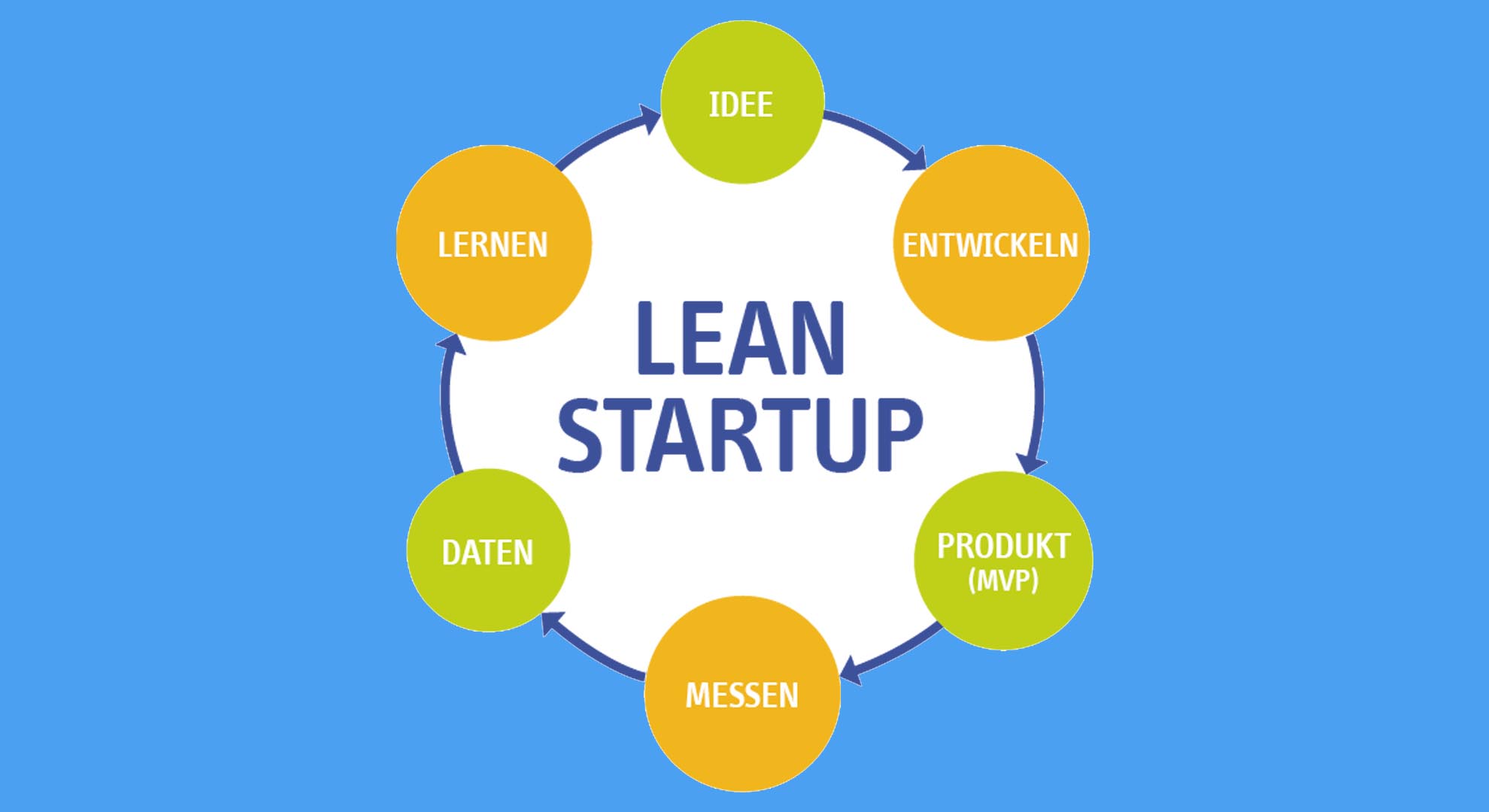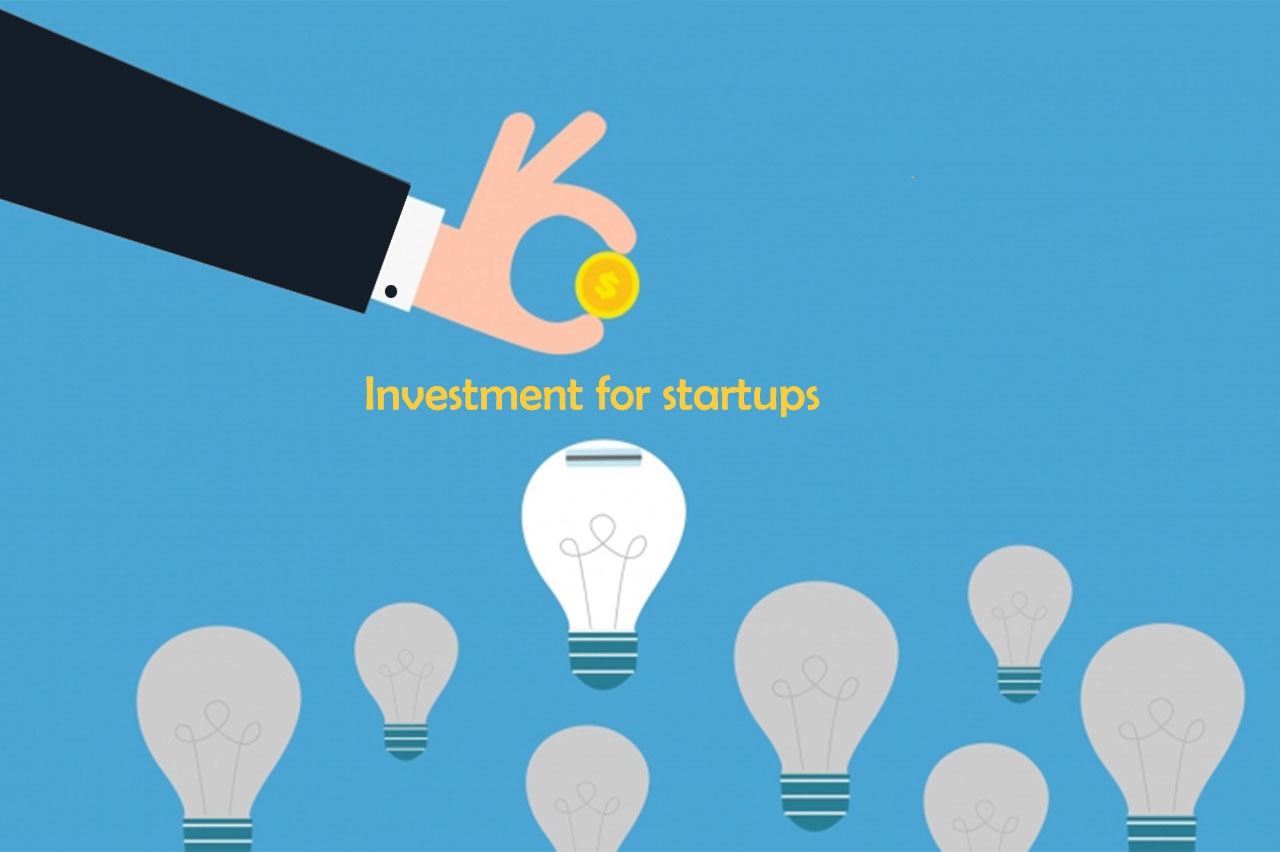“Even the crappiest products can gain a massive audience through marketing. While a great product can lose the hype without strategic marketing plan”.
This quote is enough to define how your startup marketing plan can make or break the business. Success of a startup depends on great products and innovative marketing strategies; however, many startup founders have little or no expertise in marketing. Besides, most of the new businesses fail to set the right priorities.
According to a report in Business Insider: “72 percent of small businesses focus on increasing revenue, 69 percent on increasing profits and 60 percent on establishing new customer relations and 46 percent focus on marketing efforts.”
This indicates that a little percentage of startups is willing to put more resources and focus on marketing, which is essentially a problem. If you lack the required resources to invest in marketing, we are outlining a self-help model of marketing that could help you achieve marketing goals without hiring a PR agency.
Here is a three-step outline of your marketing strategy.
Part One – Position Yourself Right
Every startup launch starts with strategic positioning, which includes all early adopters who are interested in buying your product. Positioning is the direction you choose for your brand just like pointing a gun at the right target.
In simple words, you have to ask: Who are my customers, what are their interests, how much they are willing to pay, and what is the best place for my product? Make sure to stay customer-focused as much as possible.
Define Your Value – Find out what are the pain points and devise the optimum value proposition for your target audience. Stick down to your positioning strategy for at least one to two years and analyze the gains. If you are not getting the desired results, probably your plan has some loopholes.
Build Your Brand – Branding is the core of any business, especially when it comes to startups. You are surrounded by the endless competition and you need to give something that stands alone in this competitive environment.
For instance, your name, logo, design, and taglines; all should be centered towards the core purpose and value. When it comes to choosing the right domain name, make sure to be creative and brainstorm different names. If you already own a domain name, make sure to give it alluring feel.
Choose Your Copy – Whether it is your website, your product introduction, profile deck, or social media posts, choose your copy wisely. Your content builds your brand and your style defines who you are. Define your brand’s style guide and ensure to follow it on the consistent basis.
Part Two – Define Marketing Mix
Your marketing mix defines the channels of communication. How you’re doing to reach out the market and spread the message for prospects. In this area, we recommend the following action items.
In this area, we recommend the following action items.
Employ Blog Marketing – Almost 81 percent of US online consumers trust information and advice from blogs. That’s why, 92 percent of companies who blog multiple times a day, have acquired a customer from their blog.
Therefore, put enough resources into blog marketing. Create content that tells your brand story and explains why your product is different from the rest. Make sure to design your content strategy keeping modern perspective of customer experience in mind.
You can either focus on the pain points of the customers or share an expert opinion on the subject. Consider your blog as a marketing backbone and maintain it on the regular basis. Make sure to choose the right design, tone, voice, subject, and contents – this is what’ll build your brand.
Invest in Viral Content – According to ComScore, Brands have increased engagement by 28% through (both) professional content and user-generated product video. Since a video is the most viral of all the contents, 87 percent of modern marketers rely on the videos.
Due to its popularity and vitality, small businesses are moving towards video channels, video marketing, and viral contents. Our second recommendation is to use the same trend to your advantage and put enough resources into viral contents.
Not a lot of investment is required to create or promote your product videos. You can create own YouTube/Vimeo channel and use promotional tactics (social media, ads, emails) to make it viral.
Remember, the best videos are not those with a better explanation of product features but those with more emphasis on the benefits and advantages for the people.
Invest in PR – According to HubSpot, 76% of journalists feel pressurized to think about their story’s potential for sharing on social media platforms – so make sure that’s part of the pitch.
When we recommend investment in digital PR, we mean to say – invest in extended business networks (social media, content marketing, network, and influencer marketing).
Digital PR is not only meant for communication, networking, and traffic but to scale the word of mouth, online reputation, and conversations. Advanced digital PR technique like crowdsourcing should be utilized on the day to day basis. Moreover, networking with news, PR and blogging agencies can also be very beneficial.
Utilize SEO & Links – In a HubSpot survey, 66 percent of marketers agreed that improving SEO and growing organic presence is their top inbound marketing priority.
SEO and link building is the core of driving traffic to your blog/website, improving search results and reaching the target audience. This exercise is intended to make your web presence, social media marketing, blog and digital PR activities more effective and reachable.
The link spreading and link building strategy should tightly coincide with the social media marketing and digital PR program. Make sure to conduct keyword research according to your product, use variations, develop them and share them with the target audience.
Crowdsourcing & Ads – According to WordStream, 64.6% of people click on Google ads when they are looking to buy an item online. Google adverts are the best place to get started with your paid advertisements against defined queries.
If your budget allows, do not limit yourself to Google, go ahead with Bing Ads, Facebook Ads, and content promotion (curation) services.Another important area to explore is crowdsourcing – an innovative way to involve customers and target audience in promotion and production processes.
On average, a successful crowdfunding campaign weighs around $7,000 and lasts around 9 weeks (Fundable). If the strategy is well-crafted, you may achieve 30 percent of the goal within the first week. The best strategy is to integrate all of the listed platforms and networks to your core marketing mix.
How to Select the Right Product Development Company
Part Three – Execute, Track & Repeat
The last but a critical part of the new product marketing strategy is performance measurement. According to performance improvement expert H. James Harrington, “Measurement is the first step that leads to control and, eventually, to improvement.” If you aspire to take your marketing to next level, it is vital to focus on execution and performance management, and repeat.
There are three action items in this part.
Execute Perfectly – George Patton once said that “a good plan violently executed now is better than a perfect plan executed next week.” As a startup entrepreneur, do not wait for the ideal plan, strategy or time; instead, jump into the driving seat and press the accelerator to move ahead.
Track Consistently – Performance management is vital to successful marketing. In this stage, you should set the key performance indicators and keep track of the same. Usually, marketers focus on unique visitors, page views, search engine traffic, bounce rate, conversion rate, leads, downloads, inbound inquiries, social shares, followers, impressions, cost per action, cost per lead, and conversion rate etc.
Identify Weaknesses – Your monthly or quarterly brief should explain the most successful/unsuccessful channel and content type. Track down your weaknesses and plan a new campaign killing all of those.
Start Again – Once the cycle is complete, start again with the same enthusiasm and a bit better calculations. Learning from the previous mistakes, make sure to keep the new campaign better, smarter and perfect.
Conclusion
Product launch is never easy especially if you are inexperienced. However, if you adopt a well-crafted plan of action with defined goal and action items – as suggested above, the chances of success soar high.
Our Relationship with Startups
Over the last 10 years, we have been helping Startups in building beautiful products that attract prospects and grow into bigger enterprises. From MVP development to product re-engineering, user acquisition to growth hacking, we offer every solution startups need. If you’re facing any product or marketing challenge,
If you’re facing any product or marketing challenge, let us know.















